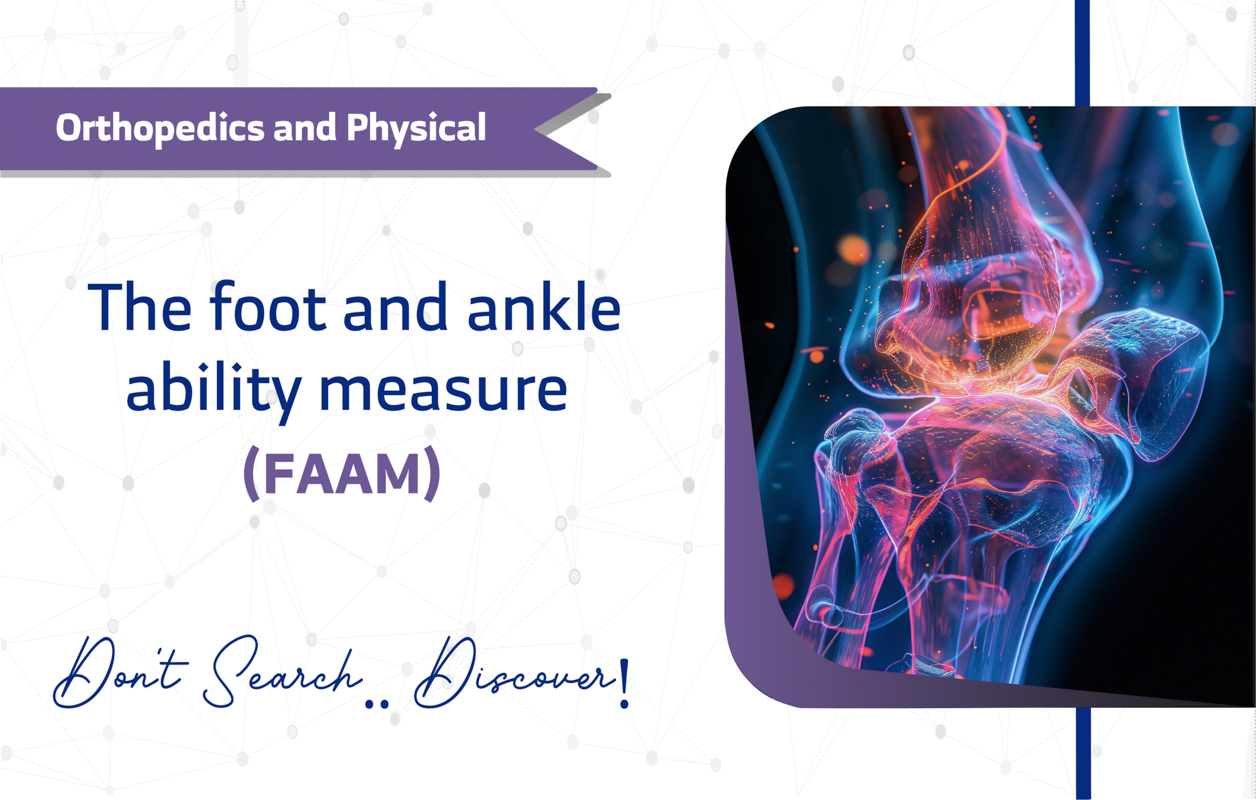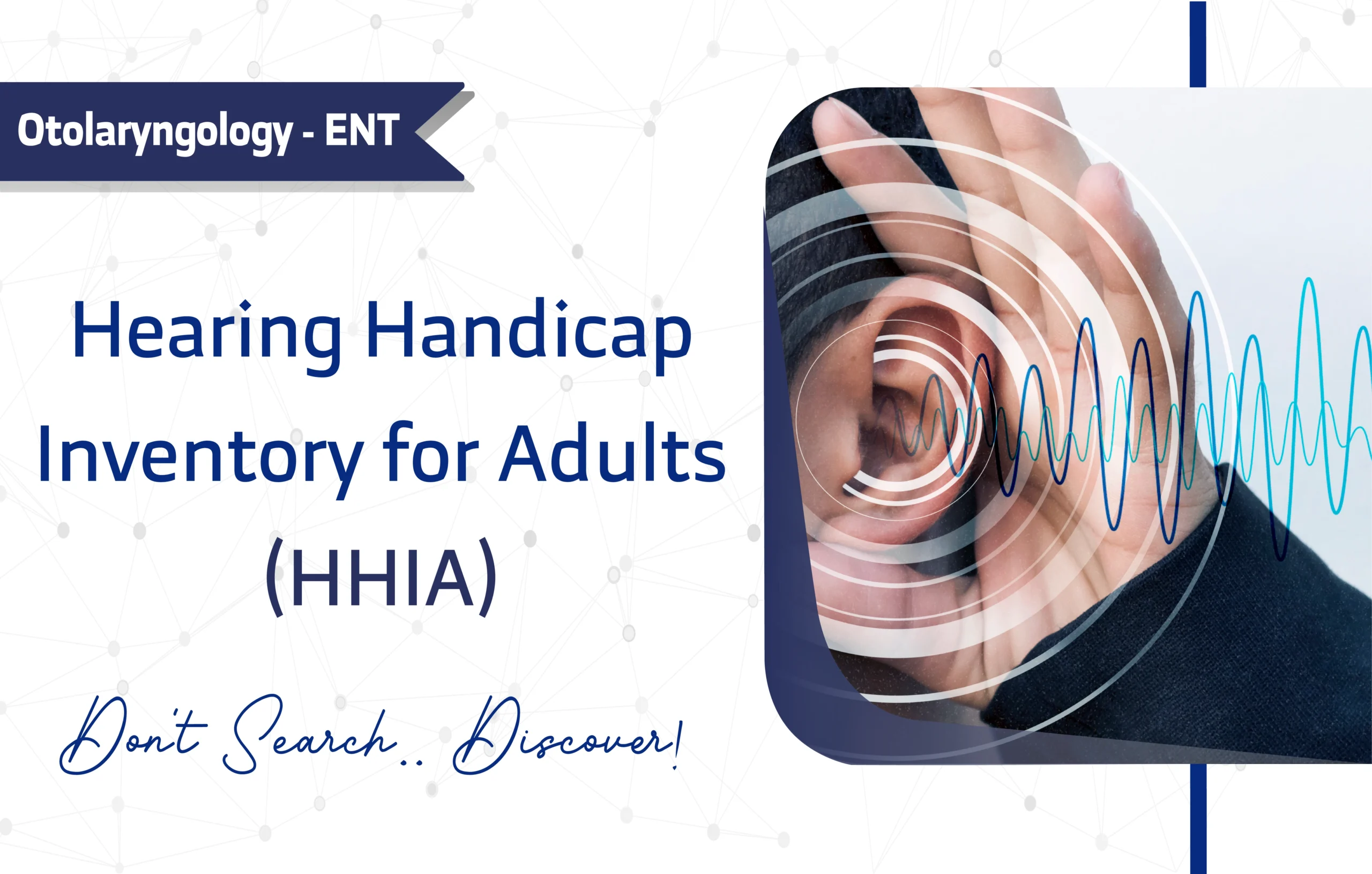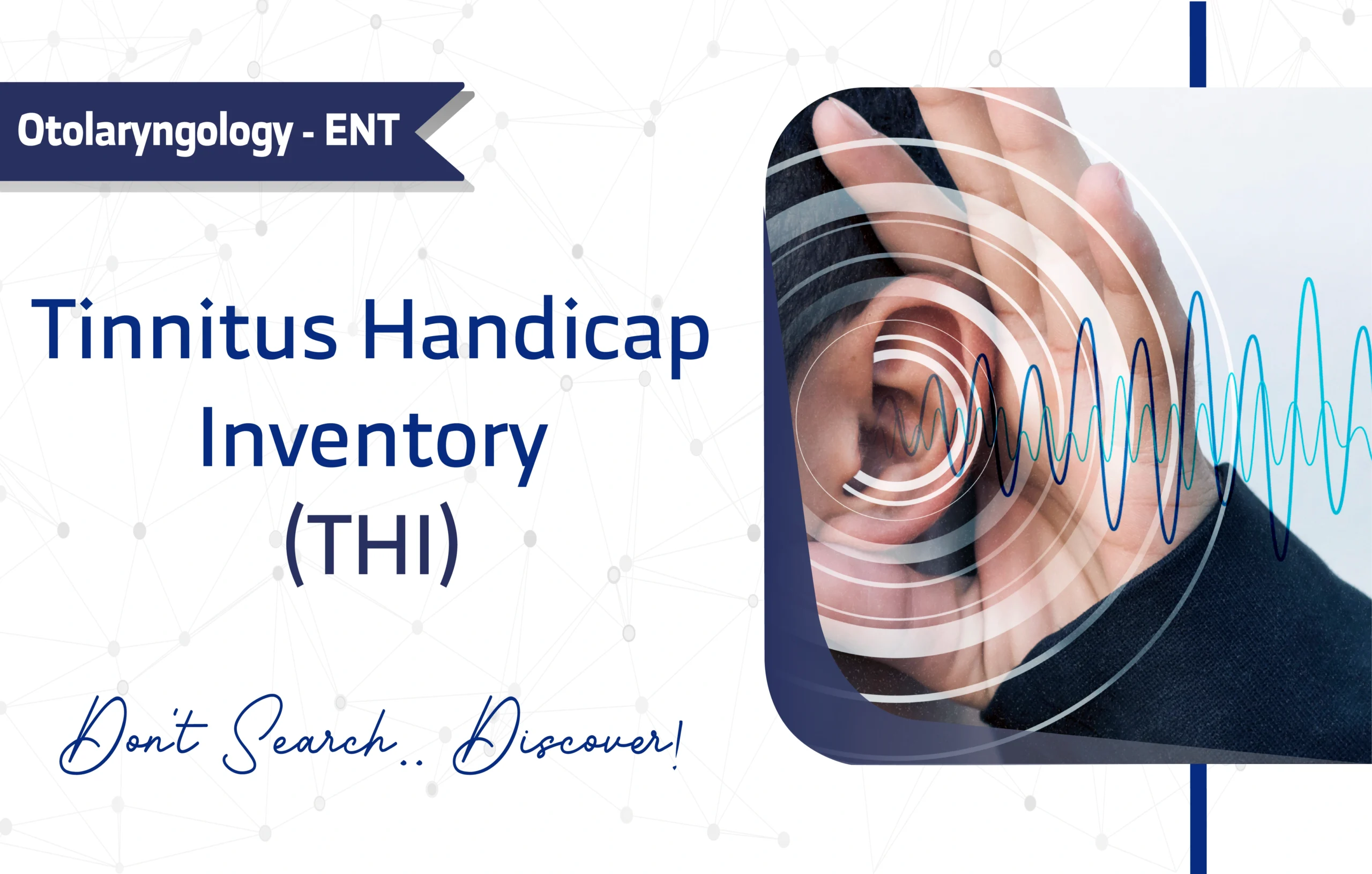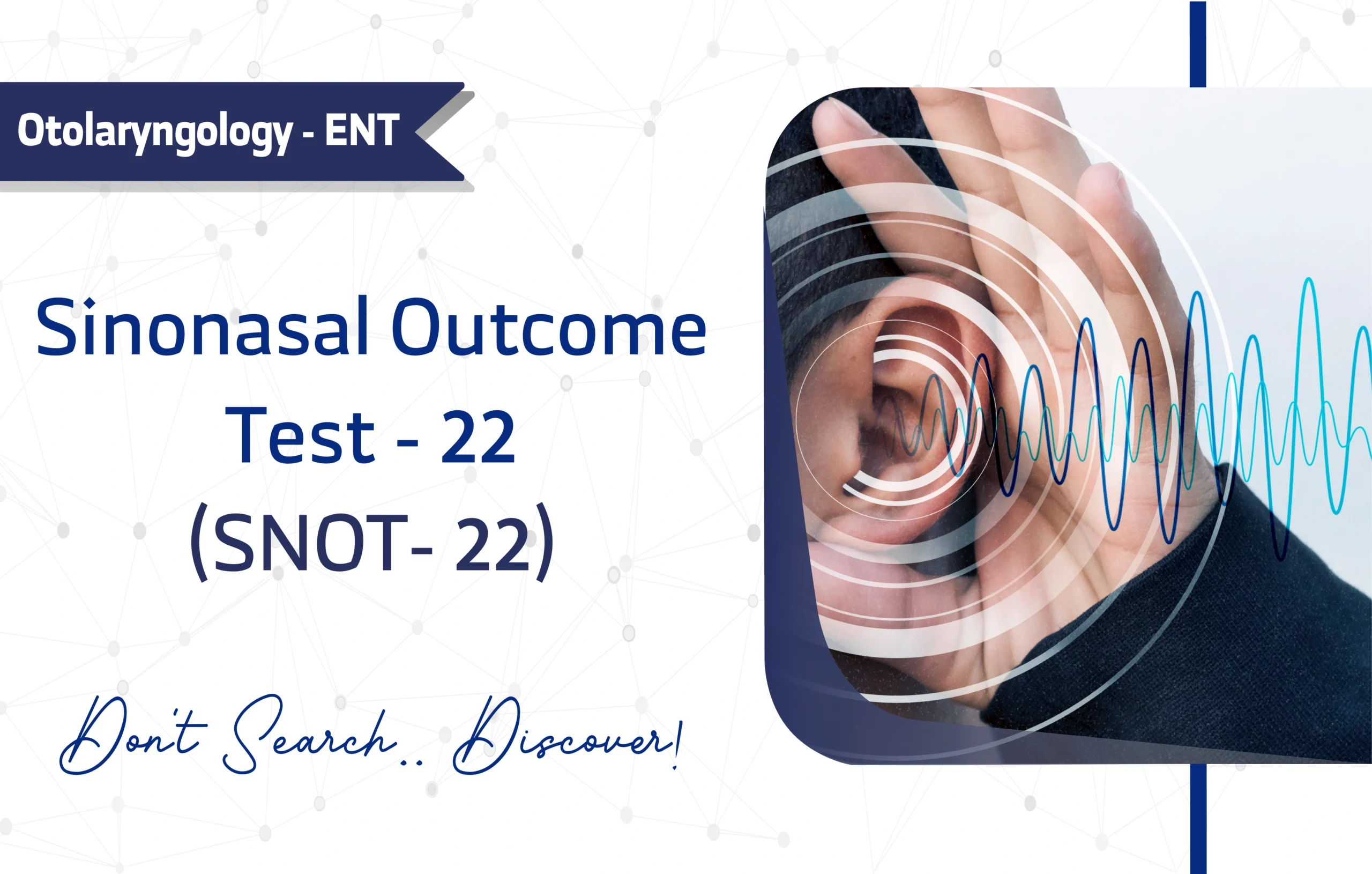Introduction
The Foot and Ankle Ability Measure (FAAM) is a cornerstone in the assessment of functional independence and patient-reported outcomes for individuals with musculoskeletal disorders of the lower leg, foot, and ankle. First introduced in 2005 by a team of researchers including Robroy L. Martin, James J. Irrgang, and their colleagues, the FAAM has since become an indispensable tool in both clinical and research settings. Consequently, its primary validation study has amassed over 1,300 citations on Google Scholar, underscoring its significant impact and widespread adoption within the orthopedic and rehabilitation communities.
This article serves as an expert guide, meticulously detailing the FAAM’s key features, clinical applications, and research value. Ultimately, it provides clinicians and researchers with the necessary insights for effectively incorporating this powerful instrument into their practice and studies.
Key Features of Foot and Ankle Ability Measure (FAAM)
Purpose and Use
The core purpose of the FAAM is to Evaluates self-reported physical function in individuals with lower-leg, foot, or ankle musculoskeletal disorders
Target Population
The FAAM is validated across a wide spectrum of patients with lower-leg/foot/ankle musculoskeletal disorders including:
- Children (6–12 years)
- Adolescents (13–17 years)
- Young Adults (18-24 years)
- Middle-Aged Adults (25-44 years)
- Older Adults (45-64 years)
- Seniors (65+)
Structure
The FAAM is structured as a 29-item questionnaire, comprising two distinct subscales that capture different facets of functional ability.
- The Activities of Daily Living (ADL) subscale: it contains 21 items that address foundational activities such as standing, walking, and squatting.
- The Sports subscale includes: it consists of eight items that focus on higher-level activities like running, jumping, and cutting, providing a more comprehensive picture of athletic function.
Scoring Method
The Foot and Ankle Ability Measure (FAAM) employs a 5-point Likert scale for each item, ranging from 4 (“no difficulty”) to 0 (“unable to do”), with “N/A” responses excluded from scoring.
To compute the subscale scores, the total score for each section is divided by the maximum possible score and then multiplied by 100.
- For the Activities of Daily Living (ADL) subscale, the formula is: (sum ÷ 84) × 100, based on 21 items.
- For the Sports subscale, the formula is: (sum ÷ 32) × 100, based on 8 items.
Moreover, the FAAM includes two additional 0–100 self-rating scales and a categorical rating of overall function, ranging from “normal” to “severely abnormal.”
While raw scores provide a baseline, accurate interpretation requires understanding key psychometric thresholds.
- The Minimal Detectable Change (MDC) represents the smallest change that reflects a true difference rather than measurement error.
For the ADL subscale, the MDC is 6 points; for the Sports subscale, it is 12 points.
At a 95% confidence level (MDC95), a change of ≥5.7 points in the ADL subscale and ≥12.3 points in the Sports subscale is statistically significant.
- The Minimal Clinically Important Difference (MCID) indicates the smallest score change that patients perceive as beneficial and that reflects meaningful clinical improvement.
For the ADL subscale, a change of ≥8 points is considered clinically important; for the Sports subscale, this threshold is ≥9 points.
Therefore, researchers and clinicians must consider both MDC and MCID values when interpreting FAAM results, ensuring that observed changes are not only statistically reliable but also clinically meaningful.
Administration Format
The FAAM is an efficient tool, as it typically takes only 5 to 10 minutes to complete, which is ideal for busy clinical environments. Moreover, Healthcare teams can administer the questionnaire via:
- Paper-based forms
- Digital platforms
- Mobile apps
- In-person interview
- Phone/Video Call
Notably, no special training is required as it is a self-administered questionnaire.
Applications of Foot and Ankle Ability Measure (FAAM)
The FAAM is a versatile tool with several key applications in clinical practice and research such as:
- Screening: it helps identifying patients who may require functional support.
- Monitoring: It allows clinicians to monitor a patient’s progress or decline over time, especially during rehabilitation.
- Treatment planning: the scores from the FAAM help professionals tailor rehabilitation programs and care plans to meet specific patient needs
- Research: it serves as a reliable and valid endpoint for research studies and clinical trials focused on interventions for foot and ankle disorders.
Languages and availability
Due to its global adoption, the FAAM has been translated and validated in numerous languages, including
- Arabic
- English
- Mandarin Chinese
- Spanish
- French
- Russian
- German and others.
The FAAM is also free for clinical and research use and is considered to be in the public domain, making it highly accessible.
Reliability and Validity
The psychometric soundness of the FAAM is well-documented. For instance, studies confirm its high reliability and validity, with a Cronbach’s alpha ranging from approximately 0.96 to 0.98, which indicates excellent internal consistency.
Limitations and Considerations
Despite its strengths, the FAAM has a few limitations.
- Self-report measure: responses can be influenced by a patient’s subjective perception, personal bias, or recall, which may not always align with objective clinical measures.
Other Versions and Related Questionnairs
Researchers should be aware of related questionnaire that can be used alongside with the FAAM such as:
- Foot and Ankle Outcome Score (FAOS)
- American Orthopaedic Foot & Ankle Society (AOFAS) score
- Foot Functional Index (FFI)
Additional Resources
Frequently Asked Questions (FAQ)
- Who can use the FAAM?
Clinicians, researchers, and healthcare providers use the FAAM for individuals with lower-leg, foot, or ankle musculoskeletal disorders, spanning children to seniors. - How long does it take to complete the FAAM?
Patients and clinicians can typically complete the assessment in 5 to 10 minutes, making it highly practical for busy settings. - How is the FAAM administered?
Healthcare teams can administer the questionnaire via paper-based forms, digital platforms, mobile apps, or through an in-person interview format. - Is there any cost to using the FAAM?
The FAAM is free for use and does not require a license, making it a widely accessible and non-proprietary tool.
A Word from ResRef about Foot and Ankle Ability Measure (FAAM)
The Foot and Ankle Ability Measure (FAAM) is a validated, reliable, patient-reported outcome tool for assessing lower limb function. Comprising ADL and Sports subscales, it efficiently captures functional limitations with minimal administration time. Free and available in multiple languages, it supports both clinical monitoring and orthopedic research. Overall, FAAM remains a widely endorsed measure in foot and ankle care.
References
- Martin RL, Irrgang JJ, Burdett RG, Conti SF, Van Swearingen JM. Evidence of validity for the Foot and Ankle Ability Measure (FAAM). Foot & Ankle International. 2005 Nov;26(11):968-83. PMID: 16309895. link
- Althagafi, N. A., Alqarni, A., Albadi, M., Aldhabi, R., & Alabasi, U. (2025). Translation, cross-cultural adaptation, and validation of the arabic version of the foot and ankle ability measure (FAAM-AR). Journal of Back and Musculoskeletal Rehabilitation, 10538127251339166. link
- González-Sánchez, M., Li, G. Z., Ruiz Muñoz, M., & Cuesta-Vargas, A. I. (2017). Foot and ankle ability measure to measure functional limitations in patients with foot and ankle disorders: a Chinese cross-cultural adaptation and validation. Disability and rehabilitation, 39(21), 2182-2189. link
- Membrilla-Mesa, M. D., Aranda-Villalobos, P., Pozuelo-Calvo, R., Cuesta-Vargas, A. I., & Arroyo-Morales, M. (2022). Foot and ankle ability measure: validación de la versión española de 29 ítems en el área de rehabilitación. Rehabilitación, 56(4), 312-319.link
- Cervera-Garvi, P., Ortega-Avila, A. B., Morales-Asencio, J. M., Cervera-Marin, J. A., Martin, R. R., & Gijon-Nogueron, G. (2017). Cross-cultural adaptation and validation of Spanish version of The Foot and Ankle Ability Measures (FAAM-Sp). Journal of foot and ankle research, 10(1), 39. link
- Borloz, S., Crevoisier, X., Deriaz, O., Ballabeni, P., Martin, R. L., & Luthi, F. (2011). Evidence for validity and reliability of a French version of the FAAM. BMC musculoskeletal disorders, 12(1), 40. link
- Nauck, T., & Lohrer, H. (2011). Translation, cross-cultural adaption and validation of the German version of the Foot and Ankle Ability Measure for patients with chronic ankle instability. British journal of sports medicine, 45(10), 785-790. link









1 thought on “The Foot and Ankle Ability Measure (FAAM): A Full Guide for Researchers and clinicians”
What a great article!
I was looking for such information for 2 months!